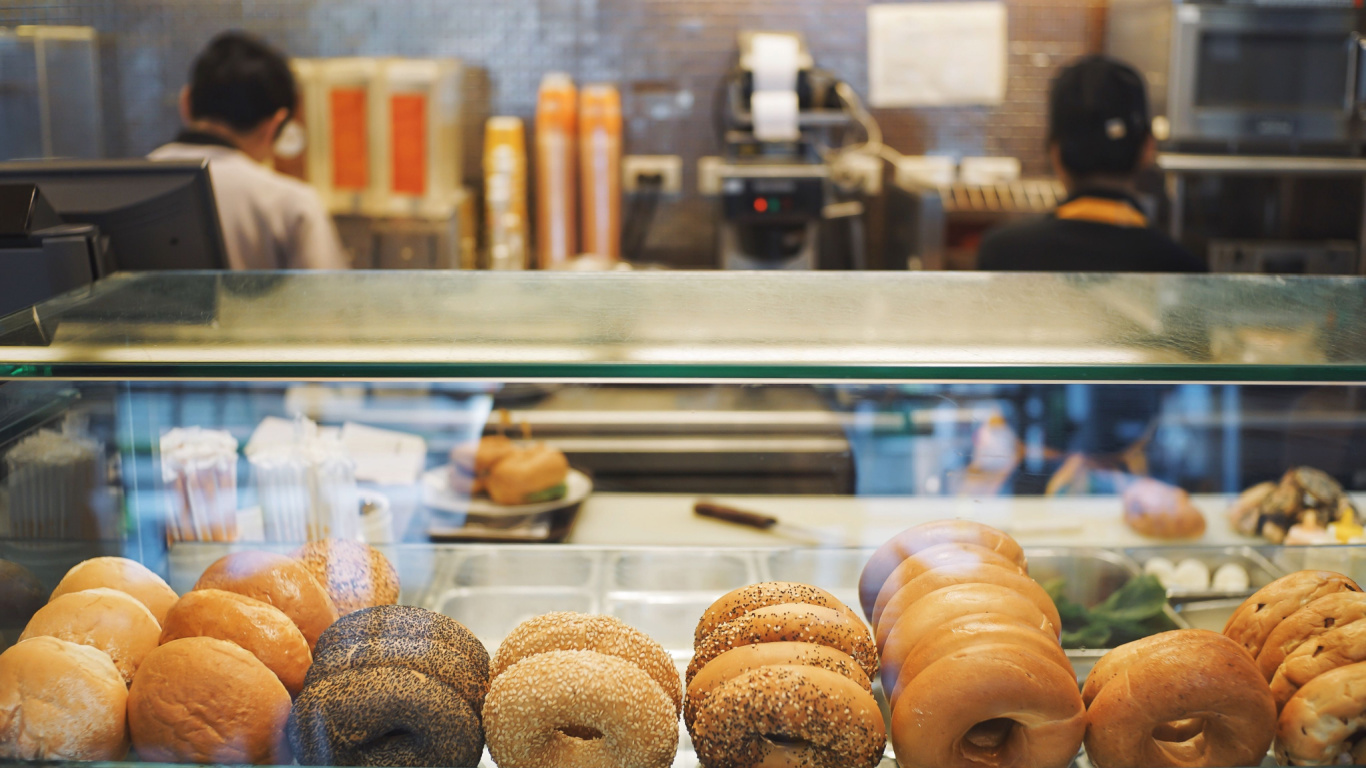
The fall weather has set in, winter is coming, and many of us like to head out for our favourite hot beverage or pastry. Or maybe you want to stay in from the cold and order some pizza while you watch a movie.
Whatever way you slice it, limited-service establishments make up nearly half of the food service industry that Statistics Canada tracks. Unlike full-service restaurants, limited-service establishments serve up different options.
Examples of limited-service establishments are fast food restaurants (including drive-thrus), coffee shops, take out pizzerias, bagel shops, doughnut shops, sandwich bars, and ice cream parlours, but exclude food trucks.
The limited-service industry includes establishments primarily engaged in providing food services to those who order or select items at a counter, food bar, drive-thru window, and pay before eating. Establishments with table service are considered full-service restaurants.
We all have a favourite local shop, and most of them are small businesses.
In June 2022, there were 39,470 business locations nationwide in the industry, up from 38,823 in June 2020.
Of the nearly 80% of those establishments in June 2022 that reported staff numbers (31,180), about one-quarter (25.9%) had five to nine employees, and another one-quarter (24.2%) had 10 to 19 on the payroll. Roughly one in five (21.2%) had one to four employees, and another 23.1% had from 20 to 49.
It’s been a volatile time for the food service industry since the onset of the COVID-19 pandemic, which forced some businesses to pivot to a takeout-only model, or even some to close—temporarily or permanently.
Lately, they’ve been seeing better sales. In August 2022, the industry
recorded over $3.1 billion in sales on a seasonally-adjusted basis, the fifth straight month with sales over $3 billion and 10.4% higher than in August 2021.
These numbers have slightly outpaced those of full-service restaurants, which were subject to more restrictions on in-person dining throughout the pandemic.
It took over two years for the number of active businesses in the broader accommodation and food services sector to eclipse its February 2020 pre-pandemic level of 62,865. In July 2022, that number stood at 62,361, down 0.8% from June.
Highs for closing businesses (11,014) and temporary closures (9,433) were both observed in April 2020, which also saw the highest exit rate on record (3.0%).
Inflation tops among concerns for food businesses
Nearly four in five (78.2%) businesses in the accommodation and food services sector reported that rising inflation would be the top expected obstacle in the third quarter of 2022—compared with three in five businesses (60.0%) among all sectors.
Consumers paid 7.5% more in September 2022 on a year-over-year basis for food purchased from restaurants.
In the third quarter of 2022, nearly one in three businesses (29.2%) in the sector cited challenges in hiring staff as a reason to not expect any growth over the next three years. About one-quarter (24.0%) of the sector’s businesses were satisfied with the current level of revenue, compared with one-third (34.3%) of businesses across all sectors.
In the same quarter, nearly half (49.8%) of businesses in the sector expected supply chain challenges to worsen, on par with transportation and warehousing (50.0%) and higher than the national average among all sectors (31.9%).
Contact information
For more information, contact the Statistical Information Service (toll-free 1-800-263-1136; 514-283-8300; infostats@statcan.gc.ca) or Media Relations (statcan.mediahotline-ligneinfomedias.statcan@statcan.gc.ca).
